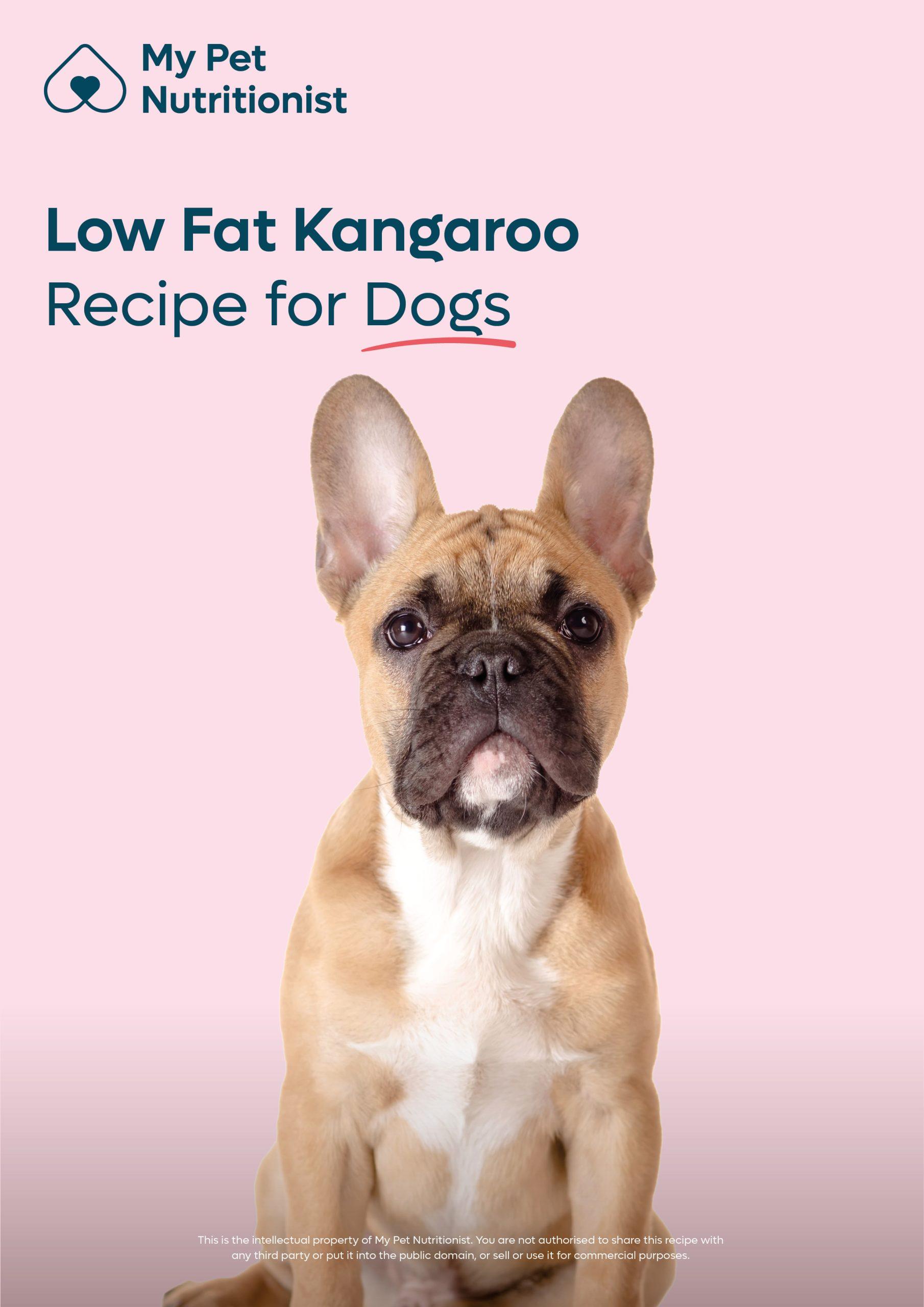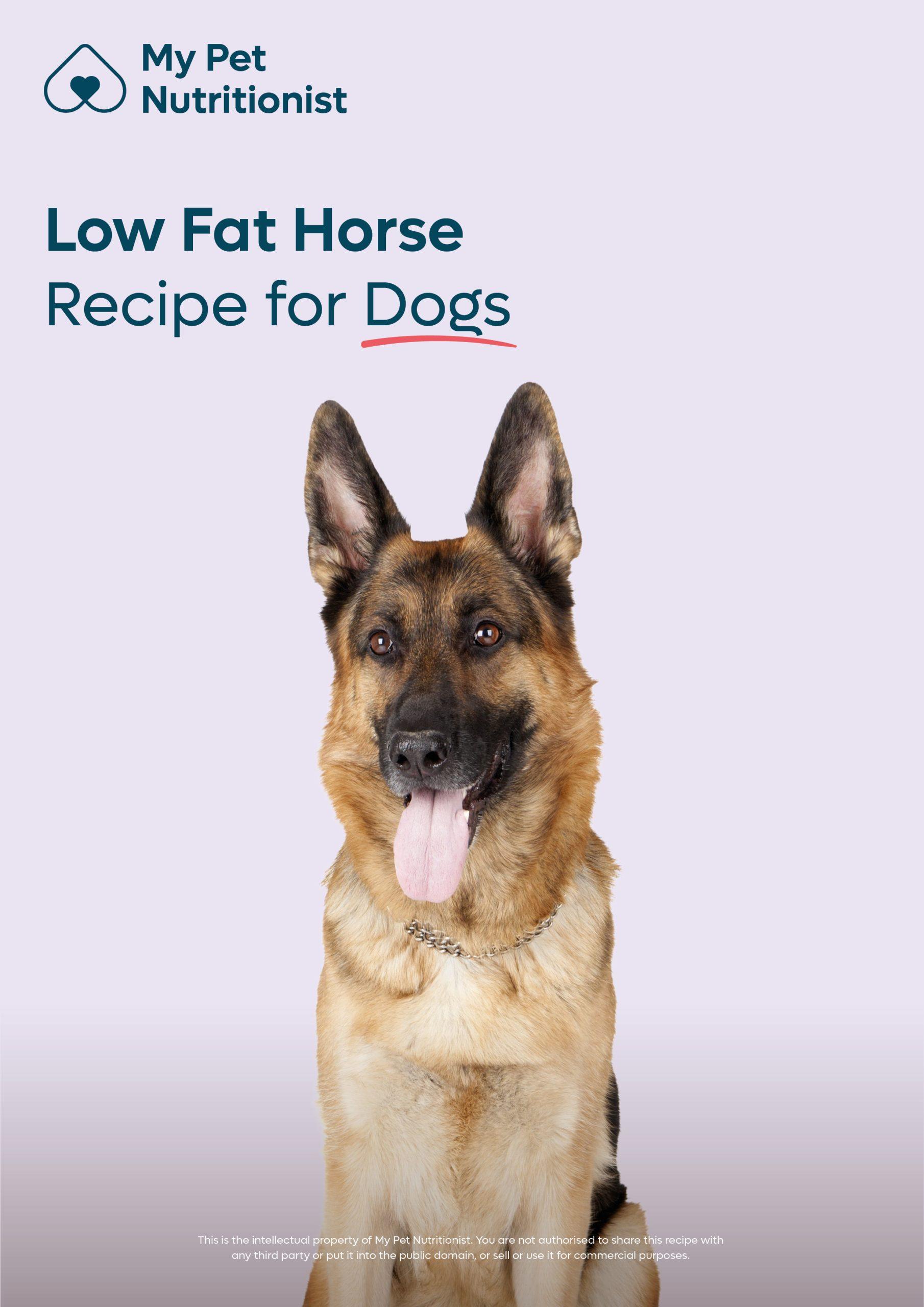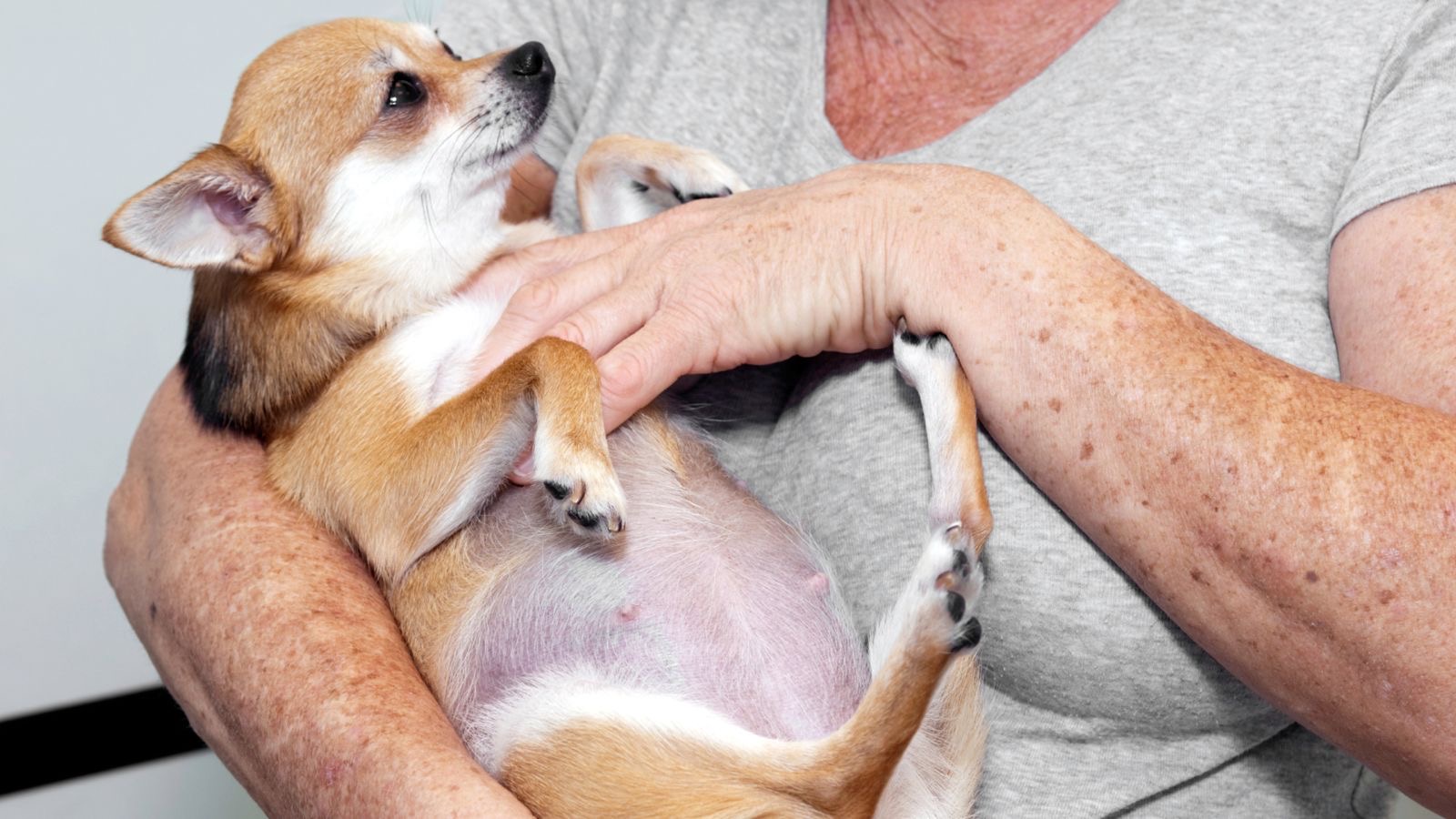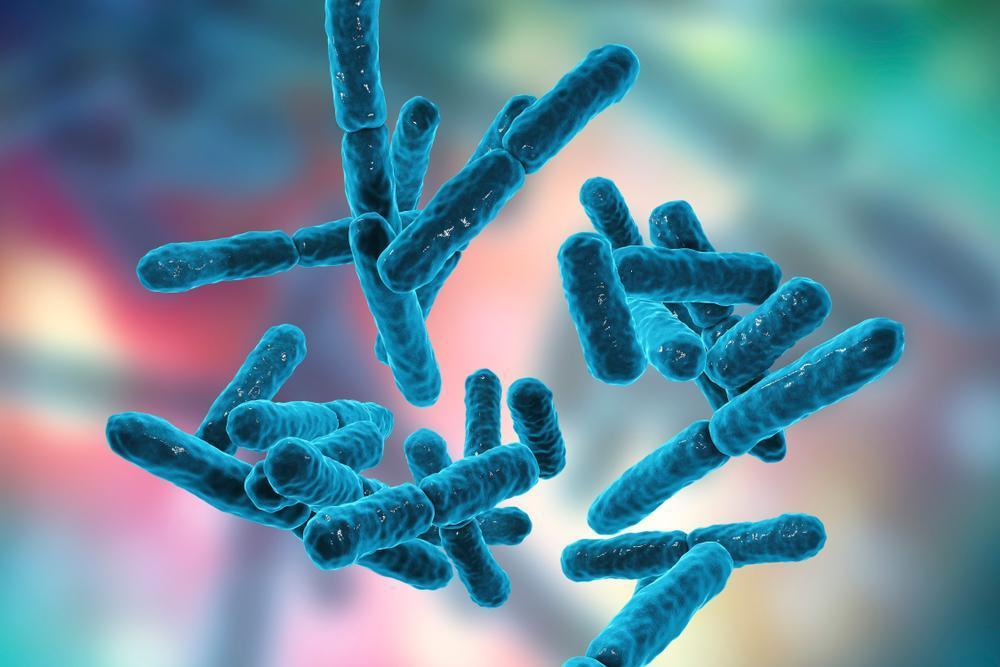-
£29.99£29.99£119.00£19.99£6.99
Cart
8
Cart
8


 Read Now
Read Now
 Read Now
Read Now
 Read Now
Read Now
 Read Now
Read Now
 Read Now
Read Now
 Read Now
Read Now
 Read Now
Read Now
 Read Now
Read Now
 Read Now
Read Now
 Read Now
Read Now
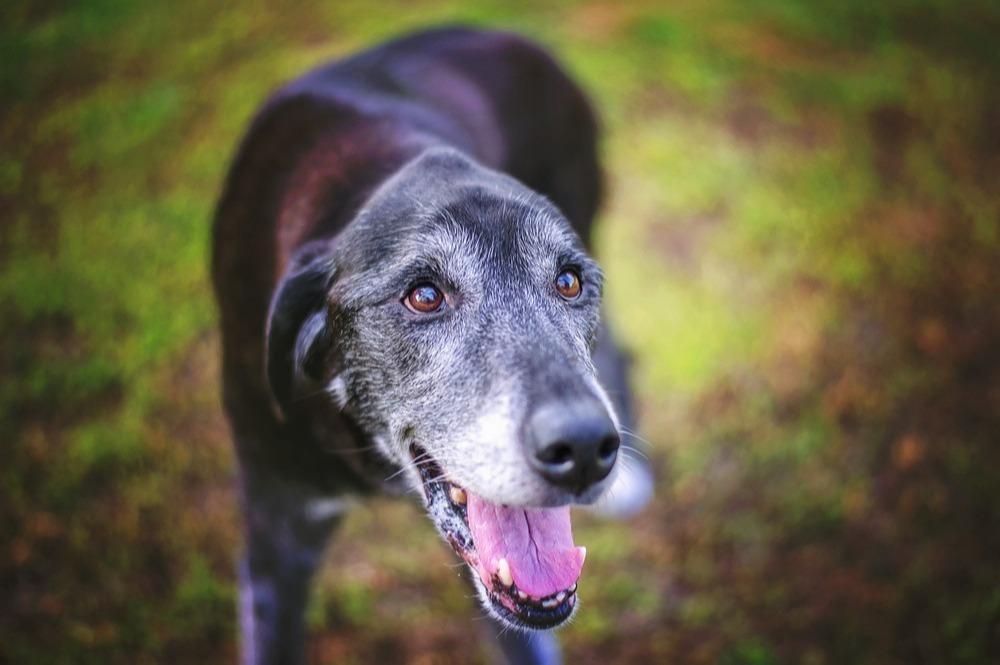 Read Now
Read Now
 Read Now
Read Now
 Read Now
Read Now
 Read Now
Read Now
 Read Now
Read Now
 Read Now
Read Now
 Read Now
Read Now
 Read Now
Read Now
 Read Now
Read Now
 Read Now
Read Now
 Read Now
Read Now
-
£29.99£29.99£119.00£19.99£6.99

Does My Dog Have a Gut-Brain Axis?
- March 28, 2022
- 6 mins 7 secs
We can think of the gut like a roundabout; it has links to every system in the body. We have already explored the link between the gut and skin health, now we want to take a closer look at what we know as the gut-brain axis or GBA. This concept has gained traction over the last few decades and for good reason, but the question on everyone’s tongue… Does my dog have a gut-brain axis and what does this mean?
Let’s see if we can answer that question.
The interaction between microbiota and the GBA appears to be bidirectional, through signalling from gut-microbiota to brain and vice versa. It is thought that this occurs in many ways, including neural, endocrine, immune, and humoral links.
The vagus nerve is the tenth of twelve pairs of cranial nerves found in the peripheral nervous system. Cranial nerves mainly innervate anatomical structures of the head and neck, but the vagus nerve is the exception to this rule; it extends from the brainstem through the neck and the thorax down to the abdomen. Because of its long reach throughout the body, it is often described as the “wandering nerve.”
In the neck, the vagus nerve innervates the pharynx and larynx which are responsible for swallowing and vocalisation. In the thorax, it is the chief parasympathetic supply to the heart – this is what reduces our heart rate when we are recovering from a stressful stimulus.
In the intestine, the vagus nerve regulates smooth muscle contraction and many secretory functions. The vagus nerve provides a critical link between the central nervous system and the enteric nervous system; the enteric nervous system is like the digestive system’s own nervous system – one that us or our dogs have little conscious control over.
The vagus nerve link was largely established through studies utilising a surgical procedure known as a vagotomy which cuts or removes the vagus nerve to identify any resulting implications.
Surgical vagotomy has been used to investigate the physiological role of the vagus nerve since the early 19th century.
Surgical vagotomy has historically been carried out in humans to treat peptic ulcers. The procedure reduces stomach acid through its denervation of the cells that produce it. In more recent years, these procedures are less common, with patients opting for pharmaceutical alternatives. But what is interesting are the common side effects of vagotomy in humans which include interference with gastric emptying, increased and dysfunctional bowel movements and nutrient malabsorption resulting in deficiency. We almost found out about the role of the vagus nerve in digestive function by accident.
The vagus nerve provides a link between the internal organs, including the gastrointestinal tract, and the central nervous system, with 80-90% of fibres being afferent (transmitting to the central nervous system) and 10-20% transmitting signals in the other direction, being efferent.
The vagotomy procedure has implicated the gut-brain axis in cases of depression, stress resilience and anxiety.
But what’s super interesting is that bacteria in the gut produce metabolites and neurotransmitters which can act directly on vagus nerve endings too! These nerve endings notice the metabolites and neurotransmitters and relay to the brain.
We have found this through bacterial supplementation – for example, when certain bacteria are infused directly into the large intestine, vagal firing alters.
So we know we can alter vagal firing through the population of bacteria found in the gut, but in our dogs, massage is gaining great traction at modulating vagus nerve function.
The biochemical complexity of the gut microbiota exceeds that of the brain, and many of the hormones produced by the microbiota are also neurotransmitters within the central nervous system. For example, γ-aminobutyric acid (GABA), the most important inhibitory transmitter in the brain is produced by several lactobacilli bacteria and monoamines such as noradrenaline, dopamine, and serotonin are also produced by certain strains of bacteria.
We must also consider the role of the HPA axis.
The hypothalamic-pituitary-adrenal axis (HPA) is the main stress response system. It is the neuroendocrine link between perceived stress and physiological reactions to stress.
The use of germ-free animals has provided one of the most significant insights into the role of the microbiota in regulating the development of the HPA axis.
It has been found that germ-free animals suffer aberrant responses to stress, but when they are then colonised with specific pathogen free faecal matter, their stress response becomes more balanced.
Researchers have concluded that the microbial content of the gut is critical to the development of an appropriate stress response later in life and that there is a narrow window in early life where colonisation must occur to ensure normal development of the HPA axis.
Germ-free animals have regularly demonstrated that role of the microbiota in proper maturation of the immune system and immune regulation within the central nervous system is mediated by microglia, astrocytes, and oligodendrocytes.
Microglia work to protect the brain against various pathological conditions through immune activation, phagocytosis, and cytokine production.
Astrocytes are the most abundant glial cell population in the brain and, similarly to microglia, have multiple functions in CNS integrity and homeostasis, including BBB integrity, ion gradient balance, neurotransmitter turnover and nutrient transport.
Time and time again, germ-free animals have suffered immature immune cell populations in the brain.
In addition, intestinal bacteria have recently been demonstrated to regulate both foetal and adult neurogenesis (the production of new brain cells).
Research has also shown that high levels of inflammation, perinatally, are associated with abnormal brain development. Furthermore, neonatal exposure to high pathogenic load in the gut is associated with memory impairment.
Overall, long-term illnesses and chronic intestinal inflammation are associated with behavioural disturbances including cognitive impairment, deficits in learning, impaired memory, depression, and anxiety.
Findings Here
2. Eliminate food intolerances and allergies. Just because you start feeding a fresh wholefood diet doesn’t mean everything your dog is eating is appropriate for him. An elimination diet is a good way to see what foods may be bothering your pet.
3. Treat any infections or overgrowth of bugs. SIBO and yeast overgrowth are more and more prevalent in processed fed pets. In some cases, antibiotics are necessary, but we generally like to look for natural herbs with an antimicrobial effect.
4. Heal the gut lining. We need to support immunity and address over sensitivity. Look to lovely gut healing ingredients such as Slippery Elm, De-Glycerised Licorice, Glutamine and N-Acetyl Glucosamine.
5. Avoid foods and products known to disrupt the gut microbiome – these include rancid fats, pesticide treated foods, toxic cleaning products and more.
Is Your Toxic Home Affecting Your Pet?
Glyphosate and My Dog
5 Mistakes Dog Owners Often Make
6. Rebuild your ecosystem of friendly bacteria. Adding in probiotics to the regime can be beneficial.
7. Avoid or minimise stress
Can Stress Affect My Dog’s Digestive System?
If you would like any support with your dog’s health, then check out our services to see how we can help.
Thanks for reading,
MPN Team
Let’s see if we can answer that question.
What is the Gut-Brain Axis?
The gut-brain axis (GBA) consists of bidirectional communication between the nervous system, linking emotional and cognitive centres of the brain with intestinal functions. But research is indicating the importance of gut microbiota in influencing these interactions.
The interaction between microbiota and the GBA appears to be bidirectional, through signalling from gut-microbiota to brain and vice versa. It is thought that this occurs in many ways, including neural, endocrine, immune, and humoral links.
Neural Links
Increasing evidence has found that the vagus nerve, a major neural connection between the gut and brain, plays a key role in facilitating signalling along the microbiota-gut-brain axis.
The vagus nerve is the tenth of twelve pairs of cranial nerves found in the peripheral nervous system. Cranial nerves mainly innervate anatomical structures of the head and neck, but the vagus nerve is the exception to this rule; it extends from the brainstem through the neck and the thorax down to the abdomen. Because of its long reach throughout the body, it is often described as the “wandering nerve.”
In the neck, the vagus nerve innervates the pharynx and larynx which are responsible for swallowing and vocalisation. In the thorax, it is the chief parasympathetic supply to the heart – this is what reduces our heart rate when we are recovering from a stressful stimulus.
In the intestine, the vagus nerve regulates smooth muscle contraction and many secretory functions. The vagus nerve provides a critical link between the central nervous system and the enteric nervous system; the enteric nervous system is like the digestive system’s own nervous system – one that us or our dogs have little conscious control over.
The vagus nerve link was largely established through studies utilising a surgical procedure known as a vagotomy which cuts or removes the vagus nerve to identify any resulting implications.
Surgical vagotomy has been used to investigate the physiological role of the vagus nerve since the early 19th century.
Surgical vagotomy has historically been carried out in humans to treat peptic ulcers. The procedure reduces stomach acid through its denervation of the cells that produce it. In more recent years, these procedures are less common, with patients opting for pharmaceutical alternatives. But what is interesting are the common side effects of vagotomy in humans which include interference with gastric emptying, increased and dysfunctional bowel movements and nutrient malabsorption resulting in deficiency. We almost found out about the role of the vagus nerve in digestive function by accident.
The vagus nerve provides a link between the internal organs, including the gastrointestinal tract, and the central nervous system, with 80-90% of fibres being afferent (transmitting to the central nervous system) and 10-20% transmitting signals in the other direction, being efferent.
The vagotomy procedure has implicated the gut-brain axis in cases of depression, stress resilience and anxiety.
Vagus Nerve Signalling
Within the small and large intestine you will find vagal afferents (nerve endings). These afferents can detect stretch and tension (how much food is in the gut), but they can also detect chemicals being absorbed across the epithelial layer.
But what’s super interesting is that bacteria in the gut produce metabolites and neurotransmitters which can act directly on vagus nerve endings too! These nerve endings notice the metabolites and neurotransmitters and relay to the brain.
We have found this through bacterial supplementation – for example, when certain bacteria are infused directly into the large intestine, vagal firing alters.
So we know we can alter vagal firing through the population of bacteria found in the gut, but in our dogs, massage is gaining great traction at modulating vagus nerve function.
Endocrine Links
There is increasing evidence that suggests the gut as an endocrine organ, largely through its ability to produce and regulate multiple compounds that reach systemic circulation and subsequently act to influence the function of distal organs and systems.
The biochemical complexity of the gut microbiota exceeds that of the brain, and many of the hormones produced by the microbiota are also neurotransmitters within the central nervous system. For example, γ-aminobutyric acid (GABA), the most important inhibitory transmitter in the brain is produced by several lactobacilli bacteria and monoamines such as noradrenaline, dopamine, and serotonin are also produced by certain strains of bacteria.
We must also consider the role of the HPA axis.
The hypothalamic-pituitary-adrenal axis (HPA) is the main stress response system. It is the neuroendocrine link between perceived stress and physiological reactions to stress.
The use of germ-free animals has provided one of the most significant insights into the role of the microbiota in regulating the development of the HPA axis.
It has been found that germ-free animals suffer aberrant responses to stress, but when they are then colonised with specific pathogen free faecal matter, their stress response becomes more balanced.
Researchers have concluded that the microbial content of the gut is critical to the development of an appropriate stress response later in life and that there is a narrow window in early life where colonisation must occur to ensure normal development of the HPA axis.
Immune Links
Numerous studies in recent years investigating the gut-brain axis have demonstrated an important role for the gut microbiota in modulating brain development and function, with the immune system serving as an important coordinator of these interactions.
Germ-free animals have regularly demonstrated that role of the microbiota in proper maturation of the immune system and immune regulation within the central nervous system is mediated by microglia, astrocytes, and oligodendrocytes.
Microglia work to protect the brain against various pathological conditions through immune activation, phagocytosis, and cytokine production.
Astrocytes are the most abundant glial cell population in the brain and, similarly to microglia, have multiple functions in CNS integrity and homeostasis, including BBB integrity, ion gradient balance, neurotransmitter turnover and nutrient transport.
Time and time again, germ-free animals have suffered immature immune cell populations in the brain.
In addition, intestinal bacteria have recently been demonstrated to regulate both foetal and adult neurogenesis (the production of new brain cells).
Research has also shown that high levels of inflammation, perinatally, are associated with abnormal brain development. Furthermore, neonatal exposure to high pathogenic load in the gut is associated with memory impairment.
Overall, long-term illnesses and chronic intestinal inflammation are associated with behavioural disturbances including cognitive impairment, deficits in learning, impaired memory, depression, and anxiety.
Findings Here
What Does All This Mean?
Whilst there are limitations to many rodent studies which include transferability, the wealth of data is indicating that gut health does influence brain function. To this end, we need to support our dog’s gut health as much as possible if we want to subsequently support brain health.
How Can We Optimise Gut Health?
1. Eat whole, unprocessed foods; nutrient-dense and biologically appropriate foods. Look to a freshly cooked and balanced food at home or raw meat and bones with variety. Raw fed dogs often show up with the best microbiome results.
2. Eliminate food intolerances and allergies. Just because you start feeding a fresh wholefood diet doesn’t mean everything your dog is eating is appropriate for him. An elimination diet is a good way to see what foods may be bothering your pet.
3. Treat any infections or overgrowth of bugs. SIBO and yeast overgrowth are more and more prevalent in processed fed pets. In some cases, antibiotics are necessary, but we generally like to look for natural herbs with an antimicrobial effect.
4. Heal the gut lining. We need to support immunity and address over sensitivity. Look to lovely gut healing ingredients such as Slippery Elm, De-Glycerised Licorice, Glutamine and N-Acetyl Glucosamine.
5. Avoid foods and products known to disrupt the gut microbiome – these include rancid fats, pesticide treated foods, toxic cleaning products and more.
Is Your Toxic Home Affecting Your Pet?
Glyphosate and My Dog
5 Mistakes Dog Owners Often Make
6. Rebuild your ecosystem of friendly bacteria. Adding in probiotics to the regime can be beneficial.
7. Avoid or minimise stress
Can Stress Affect My Dog’s Digestive System?
If you would like any support with your dog’s health, then check out our services to see how we can help.
Thanks for reading,
MPN Team
Customer Reviews
Explore related products
Related articles

General HealthGut HealthBehaviour
Do Indoor Cats Have Different Needs to Outdoor Cats?
Jul 05 2024
•
7 mins 50 secs

General HealthGut HealthBehaviour
How To Support Your Dog’s Brain Health
Jun 27 2024
•
11 mins 55 secs

General HealthGut HealthBehaviour
Can Stress Cause My Pet’s Disease?
Nov 23 2023
•
10 mins 30 secs

General HealthGut HealthBehaviour
7 Reasons Why My Dog is Biting his Paws
Sep 06 2023
•
7 mins 40 secs

General HealthGut HealthBehaviour
Hormones, and Their Role in the Body
Apr 20 2023
•
7 mins 12 secs

General HealthGut HealthBehaviour
Top 10 Tips to Reduce Anxiety During Fireworks Season
Nov 04 2022
•
4 mins

General HealthGut HealthBehaviour
How Can I Use Food To Support My Anxious Dog?
Nov 01 2022
•
3 mins 40 secs

General HealthGut HealthBehaviour
How to Enrich Your Cat’s Life
Aug 08 2022
•
5 mins 30 secs

General HealthGut HealthBehaviour
Why Sleep Is So Important For Puppies
Jul 25 2022
•
10 mins 40 secs

General HealthGut HealthBehaviour
How Can We Support the Stressed Cat?
Jun 02 2022
•
6 mins 35 secs

General HealthGut HealthBehaviour
Supporting The Senior Dog’s Cognitive Function
May 05 2022
•
5 mins 58 secs

General HealthGut HealthBehaviour
Using Nutrition to Support The Stressed Dog
Apr 13 2022
•
8 mins 11 secs

General HealthGut HealthBehaviour
4 Nutrients For The Fussy Eating Dog
Apr 11 2022
•
3 mins 58 secs

General HealthGut HealthBehaviour
Does My Dog Have a Gut-Brain Axis?
Mar 28 2022
•
6 mins 7 secs

General HealthGut HealthBehaviour
5 Nutrients To Support Your Anxious Dog
Mar 28 2022
•
3 mins

Christmas Calm: Our Top Nutritional Tips to Support Your Canine
Dec 22 2021
•
2 mins 43 secs

General HealthGut HealthBehaviour
How Food Affects Your Dog’s Behaviour
Apr 22 2021
•
10 min read

General HealthGut HealthBehaviour
5 Top Tips for Dealing with a Fussy Eater
Jan 18 2021
•
6 mins 57 secs

General HealthGut HealthBehaviour
How Much Sleep Should My Dog Get?
Dec 15 2020
•
12 min read

General HealthGut HealthBehaviour
6 Nutritional Tips for Your Anxious Dog
Nov 02 2020
•
9 min read

General HealthGut HealthBehaviour
When Should I Be Worried About My Dog Panting?
Aug 25 2020
•
9 min read
✕










